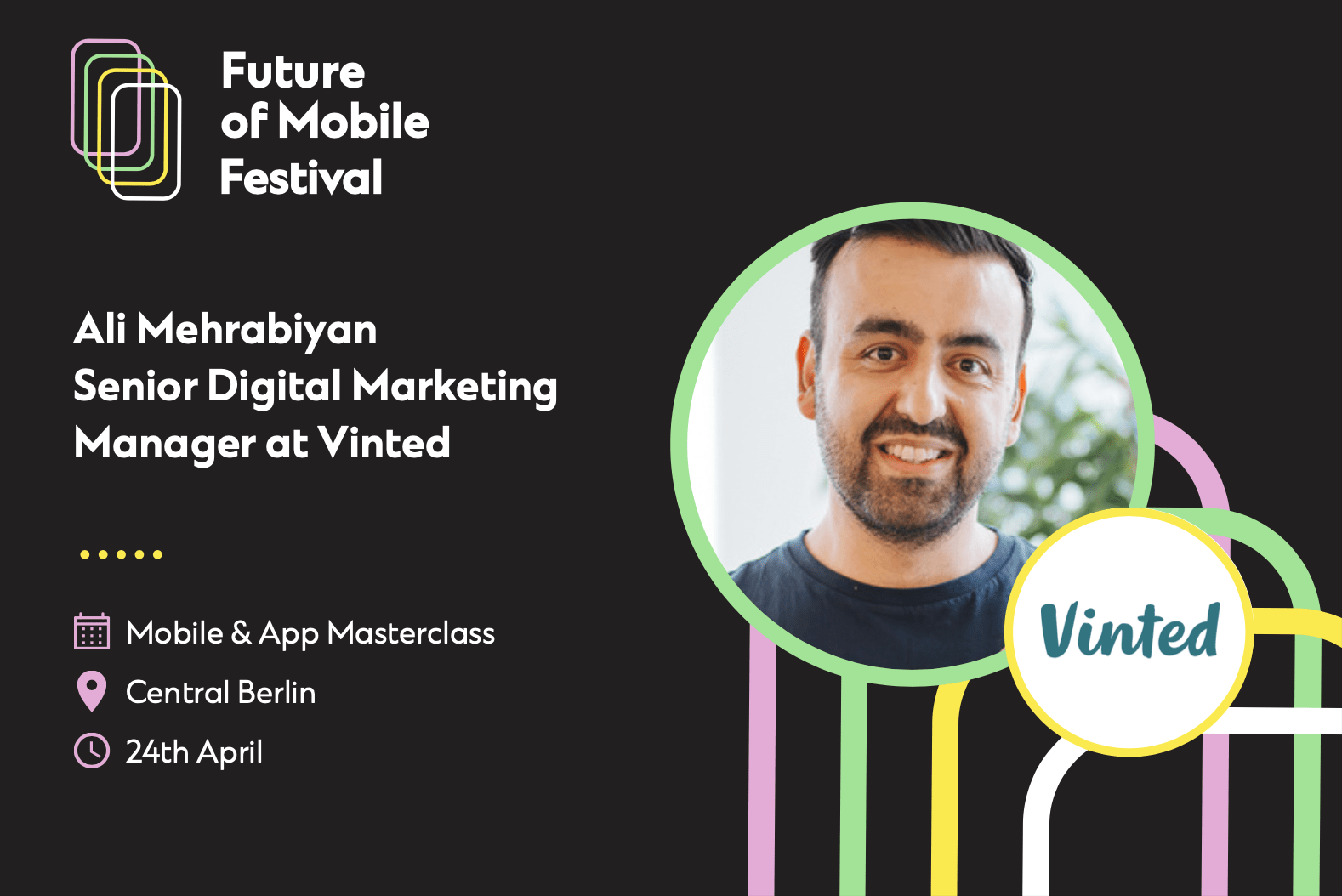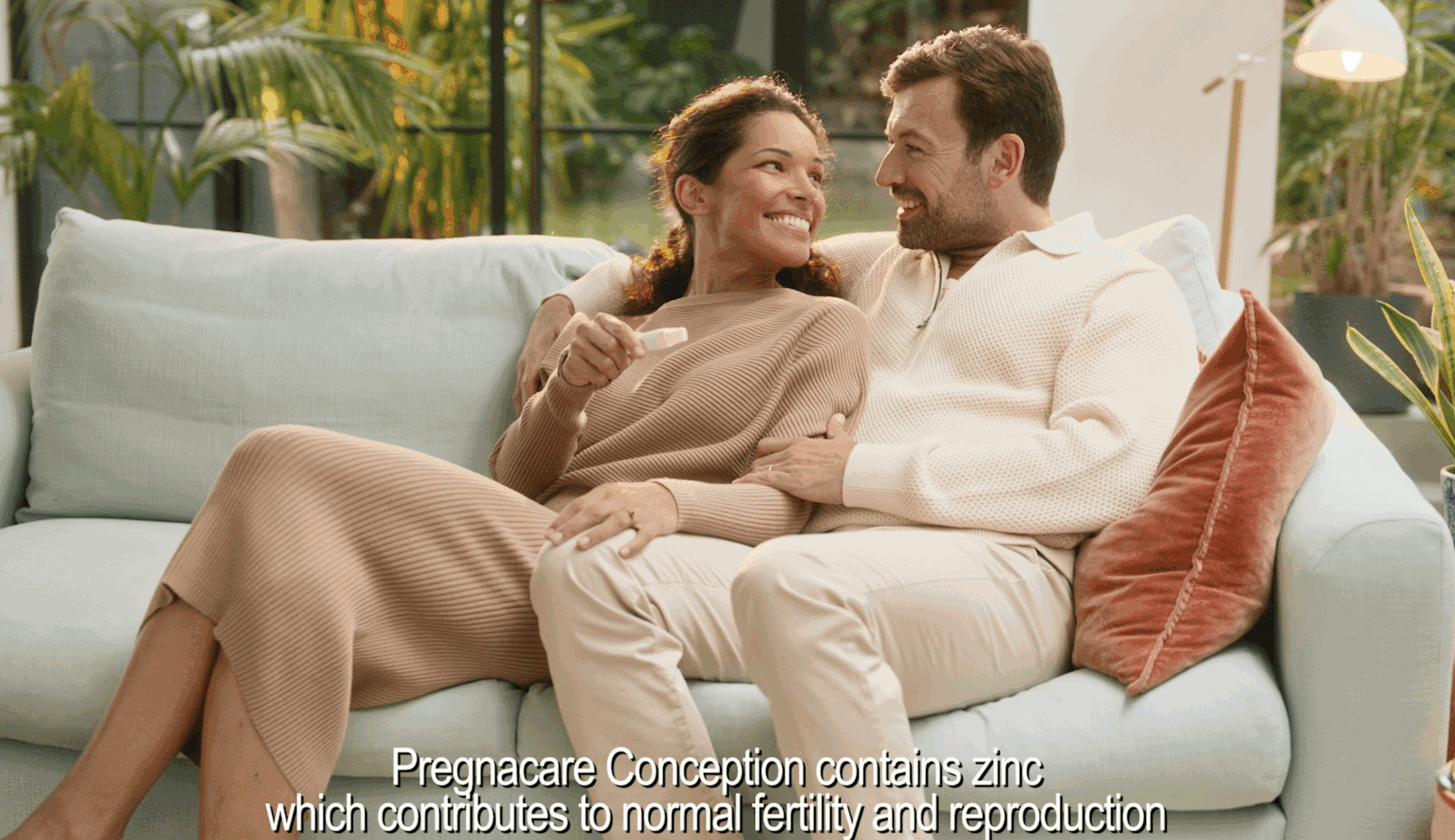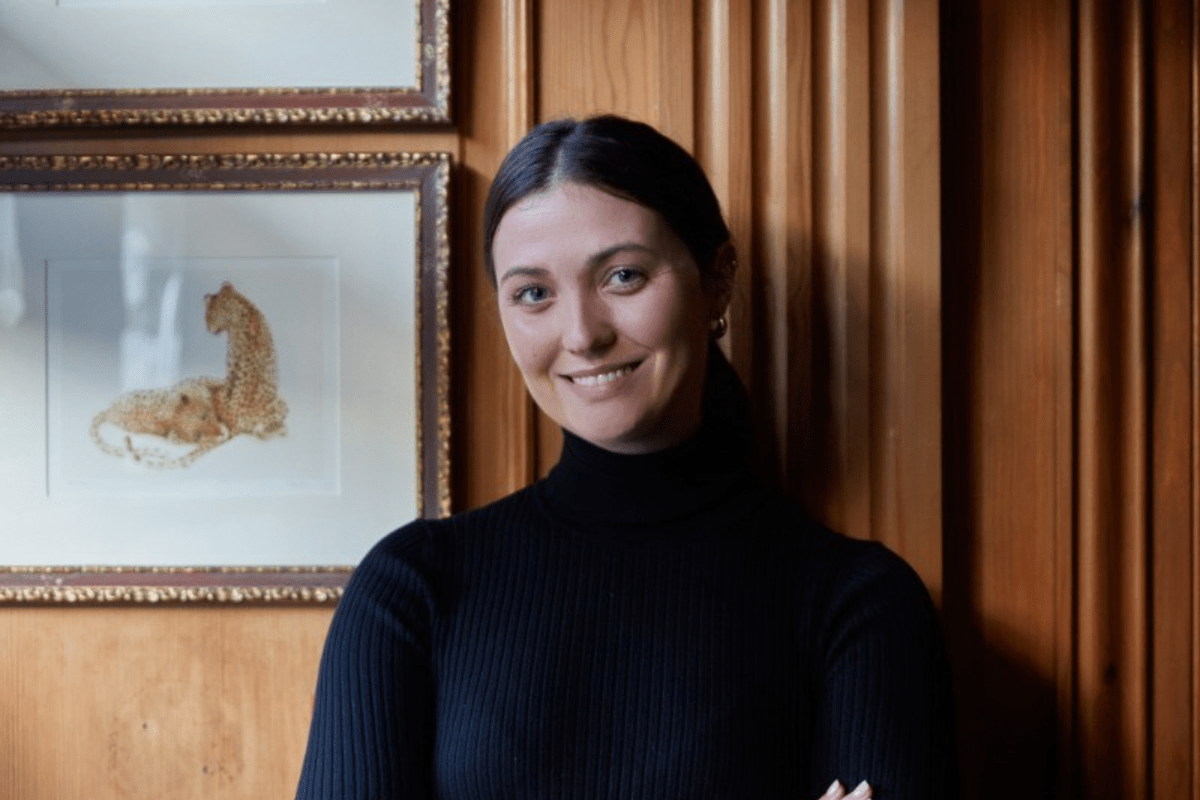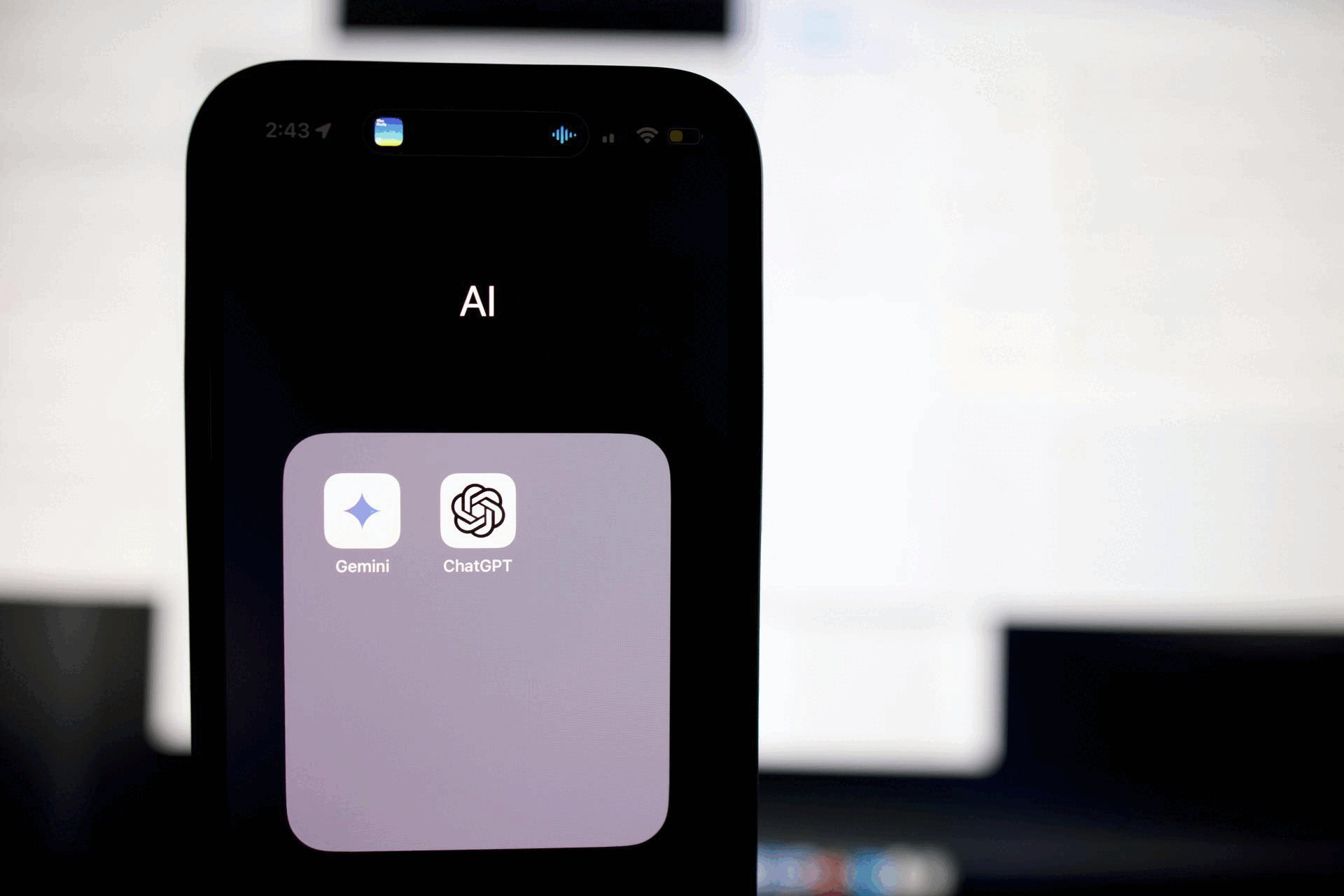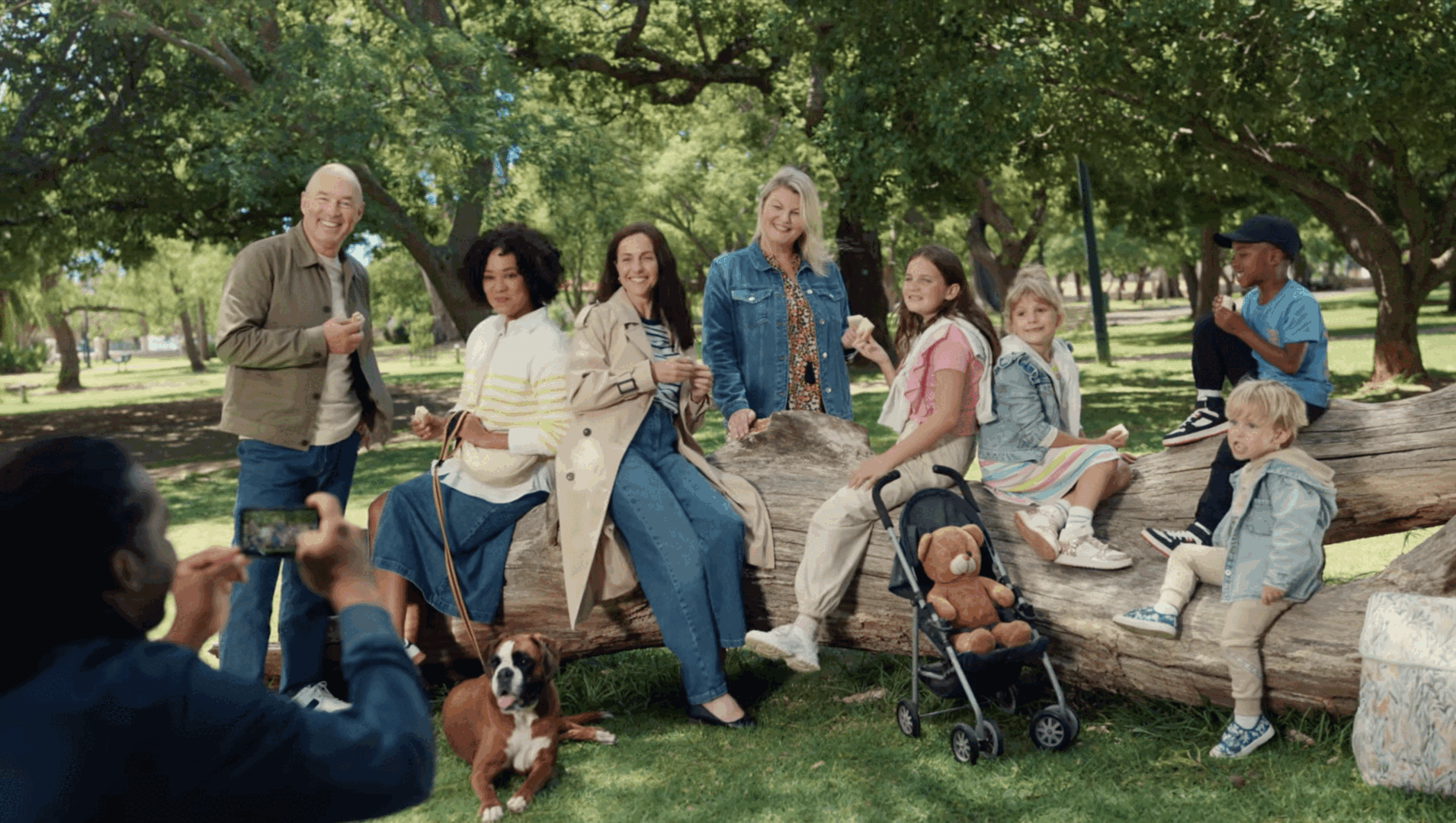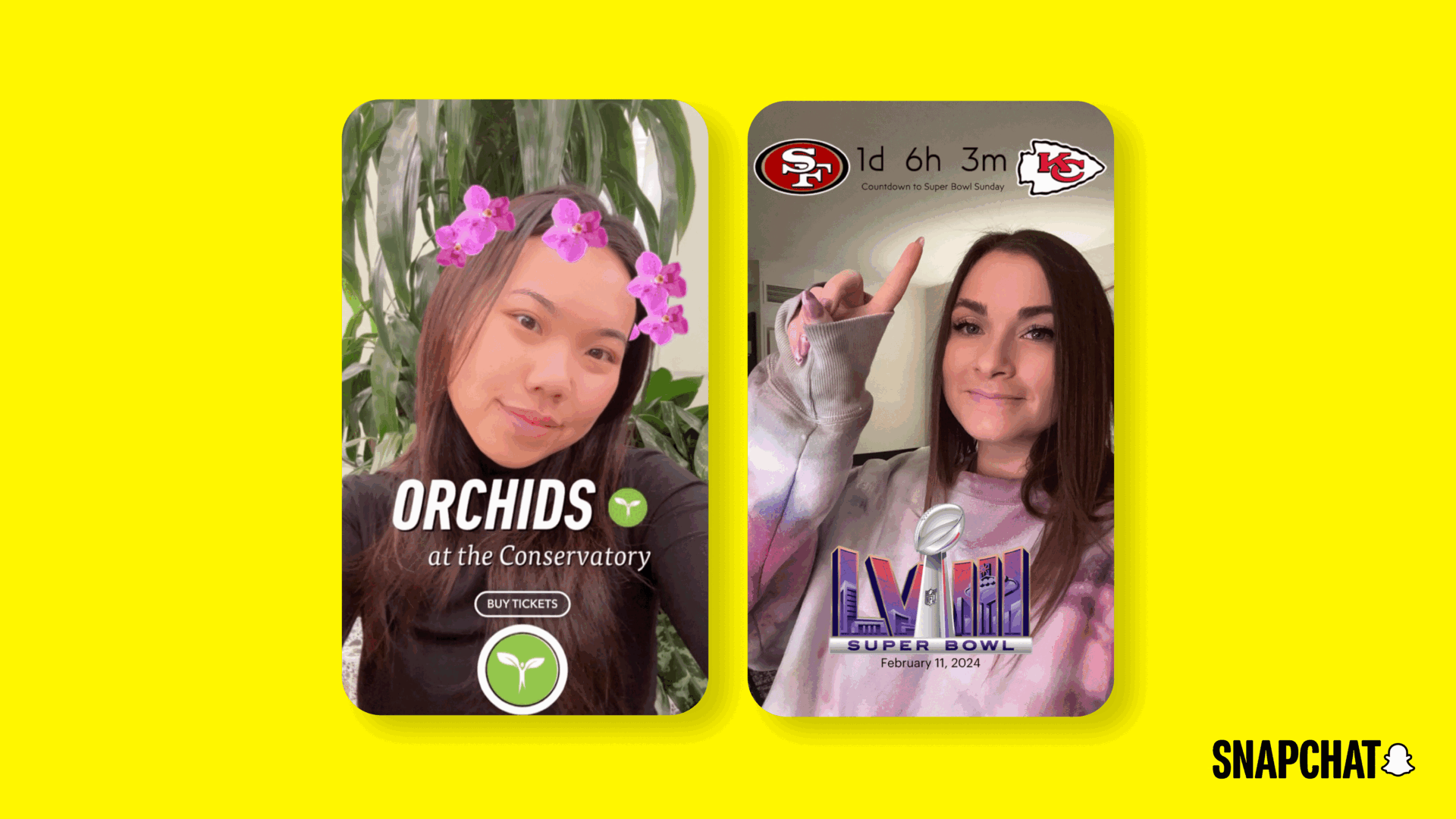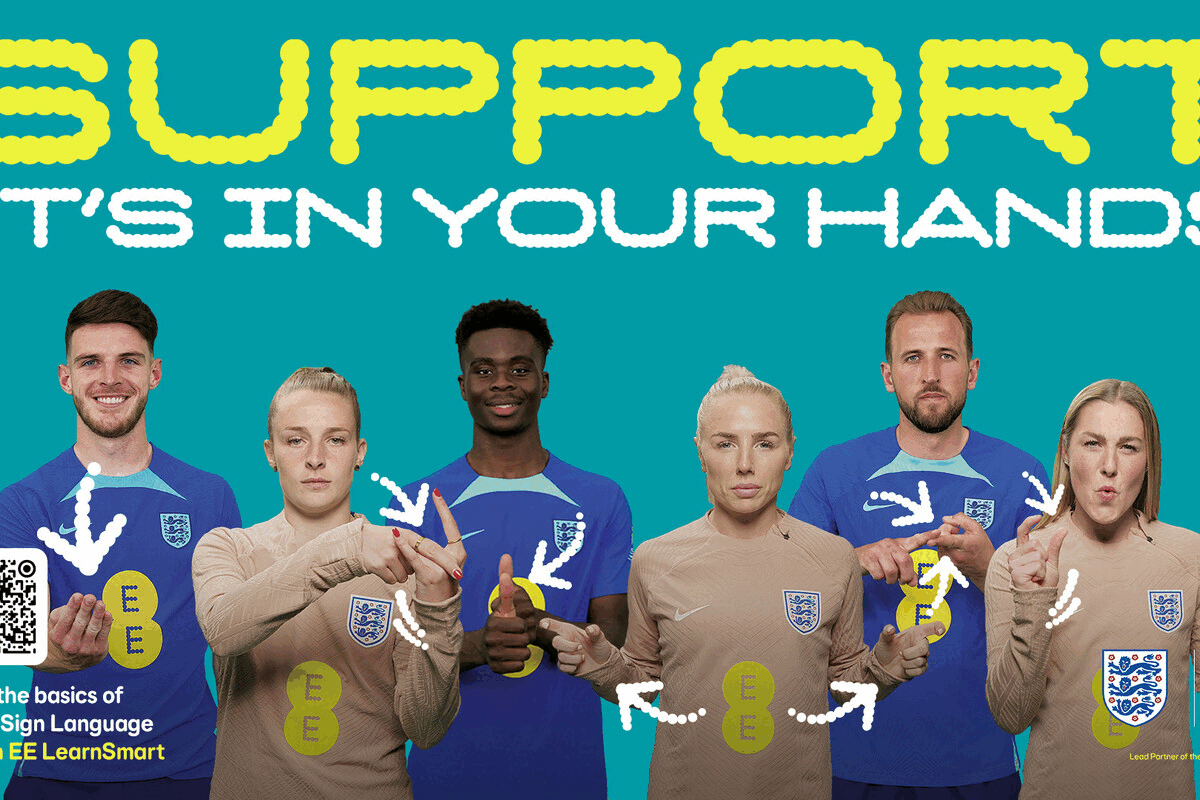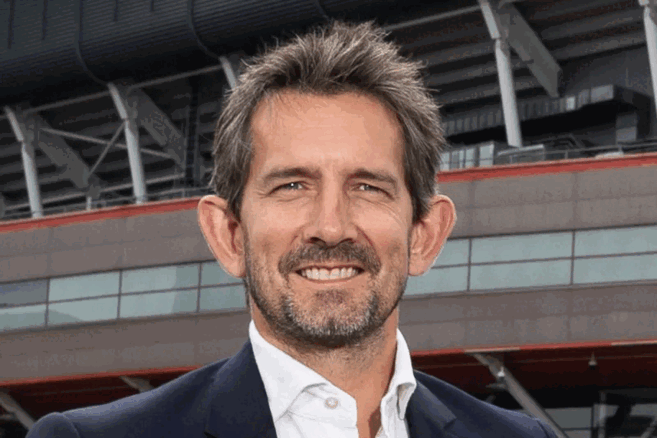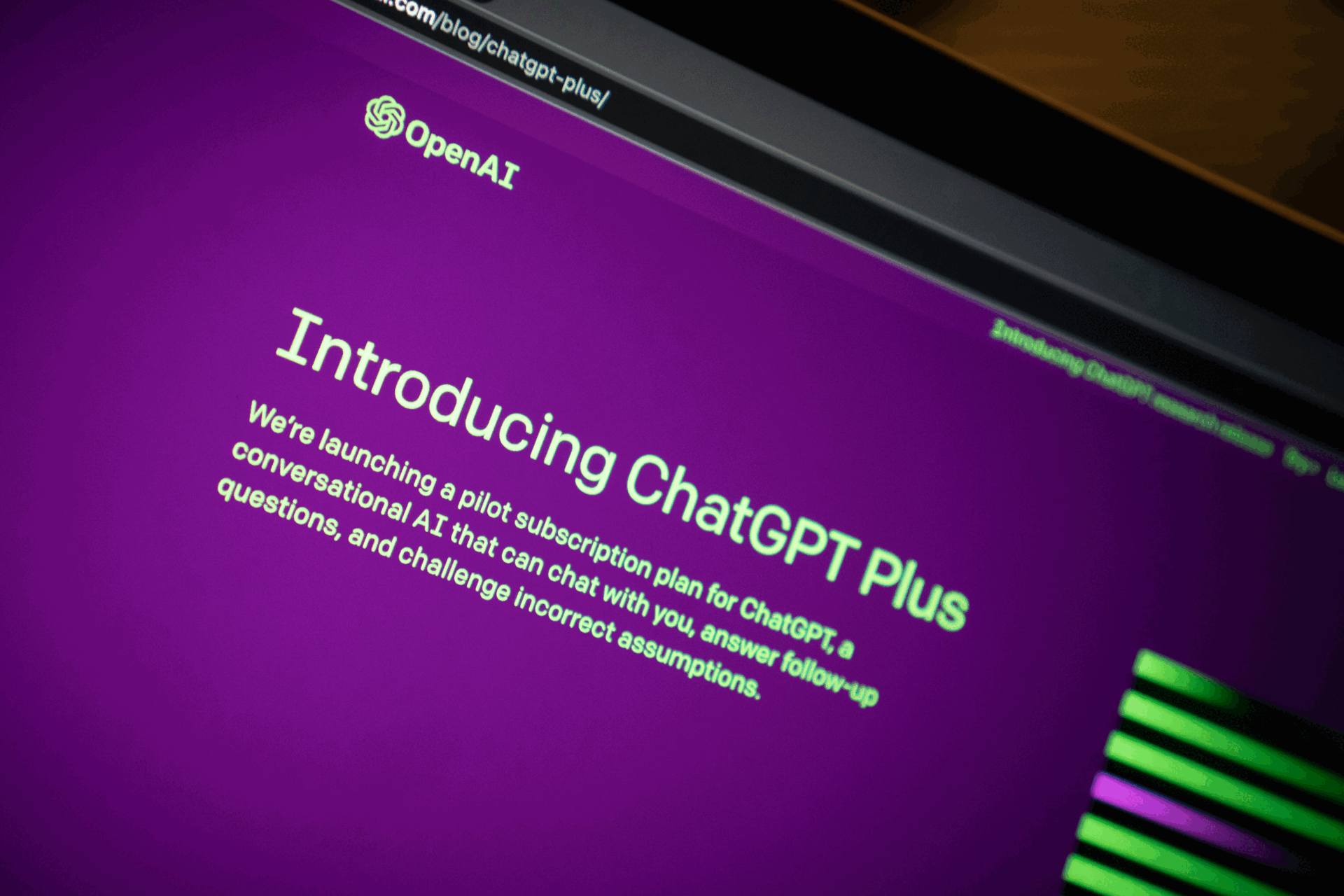P&Gs Marc Pritchard asks digital media to wake up and shape up
- Thursday, September 14th, 2017
- Share this article:
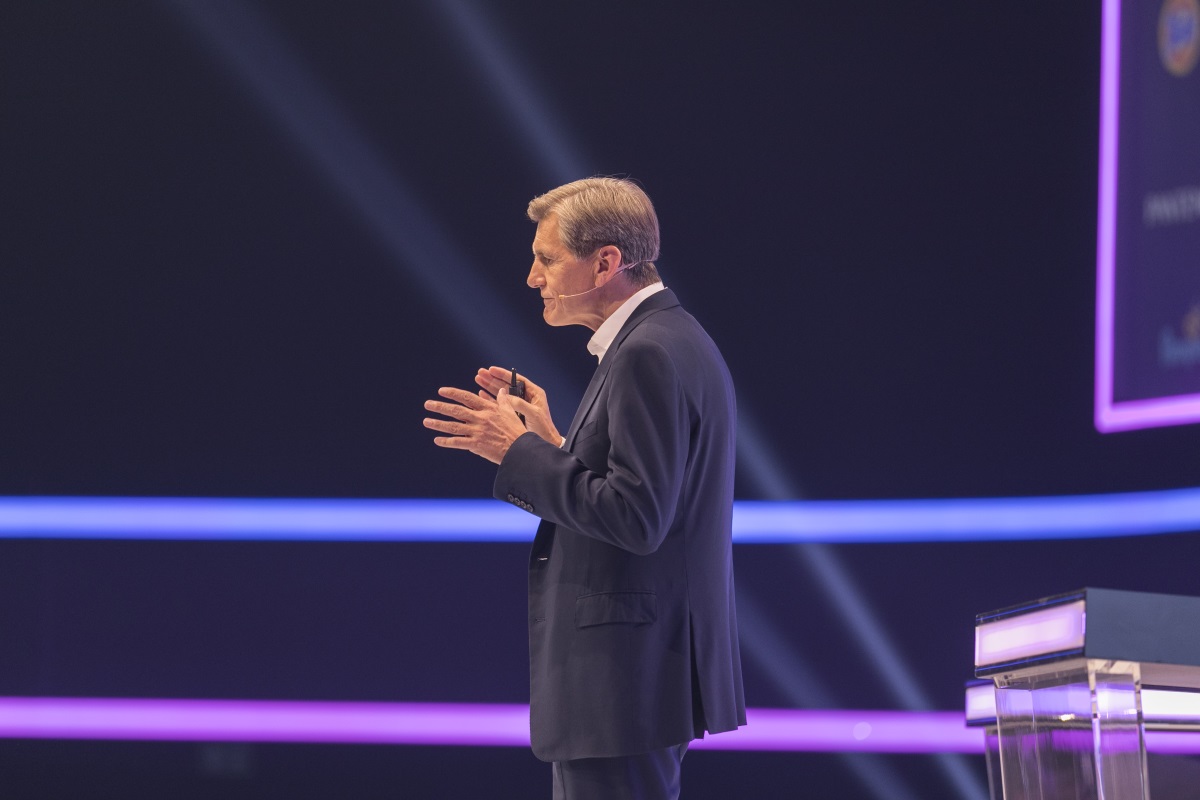
Marc Pritchard’s keynote address at Dmexco was originally down in the programme as “A Transformational Roadmap for Brand Building”, but shortly before he took to the stage, the audience was told that he had changed his mind, and instead the session would be titled “A Wake Up Call”.
It was a tantalising shift from the executive who, at the start of the year, had told the digital marketing industry that he was sick of the “crappy media supply chain”, and while his remarks didn’t rival the candor of his speech at the IAB Annual Leadership Meeting, he provided plenty of honest feedback for the assembled digital marketing representatives.
“The reality is that in 2017, the bloom came off the rose for digital media,” said Pritchard. “The reason: substantial waste in what has become a murky supply chain. As little as 25 per cent of the money we spend in digital media actually makes it to the consumer. With $200bn in spending, it;s frankly time to stop giving digital a pass, and ask it to grow up.”
Following on from his call for industry action at the start of the year, the P&G chief brand officer presented five key steps for transparency that the FMCG giant wanted the digital marketing industry to achieve in order to ensure that P&G remained digital advertising’s biggest spender.
The five steps included reaching one MRC-validated viewability standard, bringing in MRC-accredited third party verification and TAG-certified ad fraud prevention, and introducing guaranteed brand safety assurances. According to Pritchard, thanks to P&G working closely with marketing partners, the industry was already “60 per cent there, and on target for reaching them by the end of the year. These are common sense and necessary for a clean and efficient supply chain.”
As part of his call for improved transparency and efficiency, Pritchard also addressed the need to create truly digital ad formats that embraced the kind of consumer behaviour that marketers could now measure with increasing accuracy.
“For too long, what we were doing was flooding digital media with 30 second ads, because that’s what we knew from television. Data is telling us that the average video is only watched for 1.7 seconds, barely the blink of an eye. We can make a two second ad work, and we do, but we can do better than that, and that’s why we’re working with partners like Facebook, Instagram, Snapchat and WeChat to create the next generation of ads, because it’s time for brands and digital media to address the problem of annoying ads.”
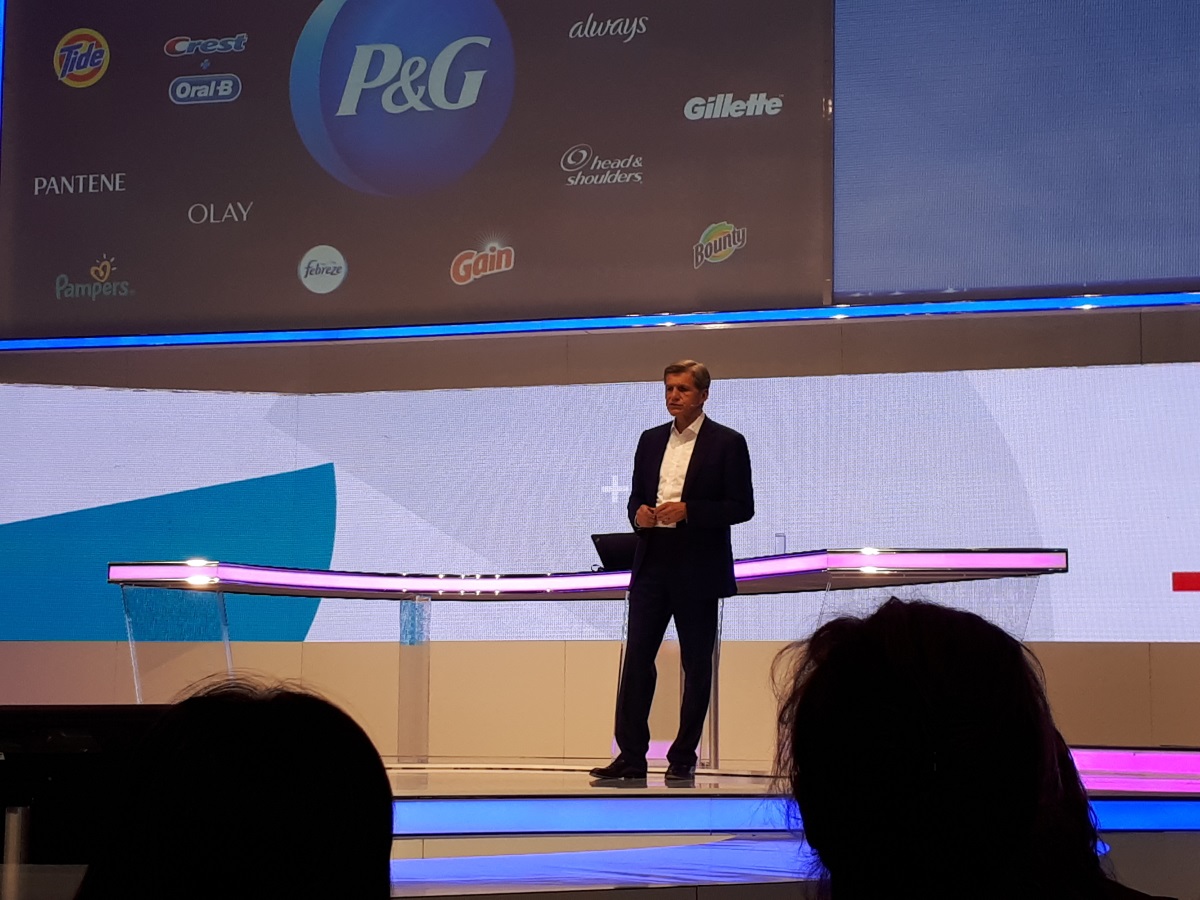
In the search for efficient spending, Pritchard also rallied against excess ad frequency, which he called a “major source of waste in our industry” and revealed that P&G has revised its buying strategies and was avoiding the publisher long-tail, which was riddled with bot farms.
“We took the head fake on the promise of cheap ads on thousands of websites reaching millions of consumers, but it proved the old adage – you get what you pay for.”
On the subject of brand safety, Pritchard said that the steps taken by publishers, ad tech providers and marketers were positive, but that it was time to “reconsider and raise the bar” in what was considered suitable content for products.
“There’s no question that an advert should never appear next to an ISIS video, but how many cat videos do we need to be next to? And is a toothpaste ad next to a cat video really going to be an effective placement?
“Many of these are common sense steps that are long overdue,” said Pritchard. “But they free up time and money for what is really important and what really matters – better advertising and innovation.”
Continuing on the theme of innovation, Pritchard said that he believes the future of digital is “mass one-to-one marketing”, and that P&G is now working with partners like Alibaba and Amazon to utilise unique consumer ID data and target consumers precisely when they’re ready to buy with personalised advertising.
Finally, he spoke on the need for responsible advertising, and how the rise of social media and increased access to information were providing people with greater insights into whether or not companies were acting in an ethical way.
“People want to know a lot more about brands. What they believe in, and the people and companies behind them. They want to know about a company’s history of environmental responsibility, and how it approaches ethics, safety and transparency. P&G’s reach as the world’s largest advertiser gives us the opportunity and the responsibility to speak up on topics like gender equality. Advertising that is more equal in representation, in speaking parts, in presentation of gender roles, is more effective.
“50 per cent of consumers are women, so it’s only natural that they should be equally represented in advertising, equally paid, equally respected. The economic impact of equal pay in the US alone is worth $840bn, and a McKinsey Global Institute suggested that it could add $12 trillion to the global economy. Equality is not just a force for good, but a force for growth.”




